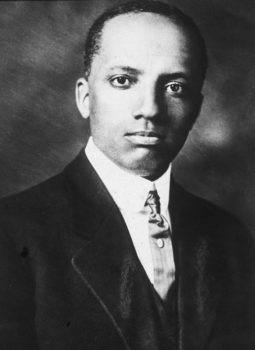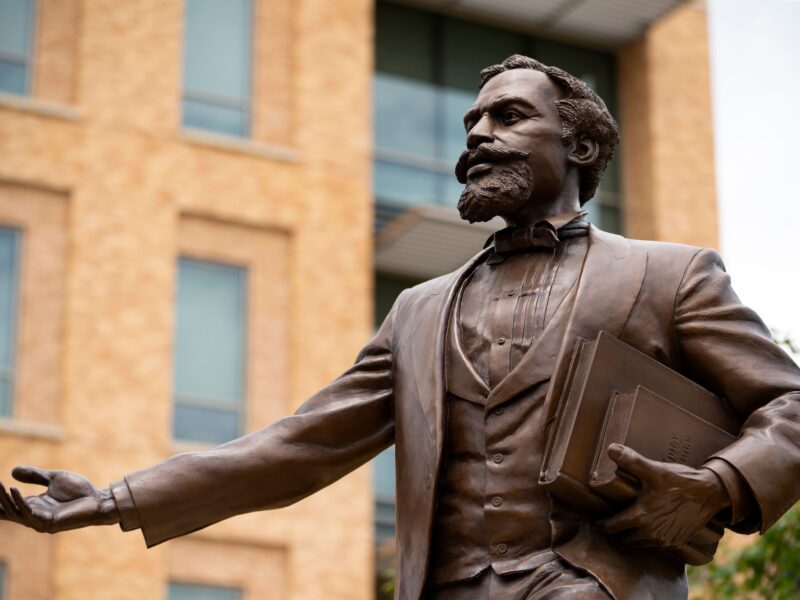The Origins Of Black History Month

The observation of Black History Month dates back to 1915, when Carter G. Woodson, now known as the “Father of Black History,” created an organization called the Association for the Study of Negro Life and History.
In 1926, Woodson initiated the first “Negro History Week” on Feb. 7 to celebrate and raise awareness of Black history. And in 1976, said Texas A&M University Afro-American history professor Albert Broussard, this turned into a month-long celebration and was renamed Black History Month.
“You can learn a lot from history, and learning about particular achievements of people who have struggled under great adversity can be tremendously inspiring to all people, not just African Americans, but all groups, whether it be from women or the LGBTQ+ community,” Broussard said.
Black History Month not only highlights important historical figures, he said, but is an educational tool that teaches individuals about their history.
“We celebrate Black History Month in February because Black people had traditionally celebrated the birthdays of Abraham Lincoln and Frederick Douglas, both of whom were born in the month of February,” Broussard said. “Oftentimes Black history is taught as a celebration of this great man or this great woman, but that wasn’t what Woodson had in mind. He wanted this time to be a celebration of the achievement of Black people as a race, recognizing that Blacks were part of the history of this country from the very beginning.”
Broussard said Black Americans are pioneers who’ve built a society from the ground up since 1619, when the first enslaved people were brought to America. However, even though the Black community has contributed to society throughout American history, Black history itself is just now becoming a widely taught subject.
Growing up in the public schools of San Francisco in the 1950s and 1960s, Broussard wasn’t taught about Black history. It wasn’t until he attended Stanford University that he took his first Black history course. When he joined the Texas A&M faculty in 1985, Broussard was the first to develop and introduce a chronological, two-semester sequence in Black history. The first semester focused on the slave trade up to the Civil War, and the second half covered the period after the Civil War to the present.
Black History Month emphasizes the history of the struggles Black Americans face, he said. In 2020, the Black Lives Matter movement brought attention to racial inequality in the hope of inspiring change both in America and across the globe. According to Broussard, this movement reinforces the idea of activism in the struggle to achieve racial justice.
“I think one of the great tragedies of American society is that certain people have been deemed expendable,” Broussard said. “Look at the large numbers of African Americans that have lost their lives to senseless violence. That is where I think the BLM movement connects very much with the long history of a long struggle with Black history. And I think Black History Month can do good to highlight what the organization has been doing for Black Americans thus far.”
Black history is American history, Broussard said — that’s why it is so important to recognize this month by learning more about Black history through books, podcasts, articles, or taking a Black history course.
“There is no excuse to not learn more about Black history or quite frankly the history of any group,” Broussard said. “There’s a wealth of material out there to choose and learn from, you just have to be self-motivated to do it.”
This article by Mia Mercer originally appeared on the College of Liberal Arts website.





